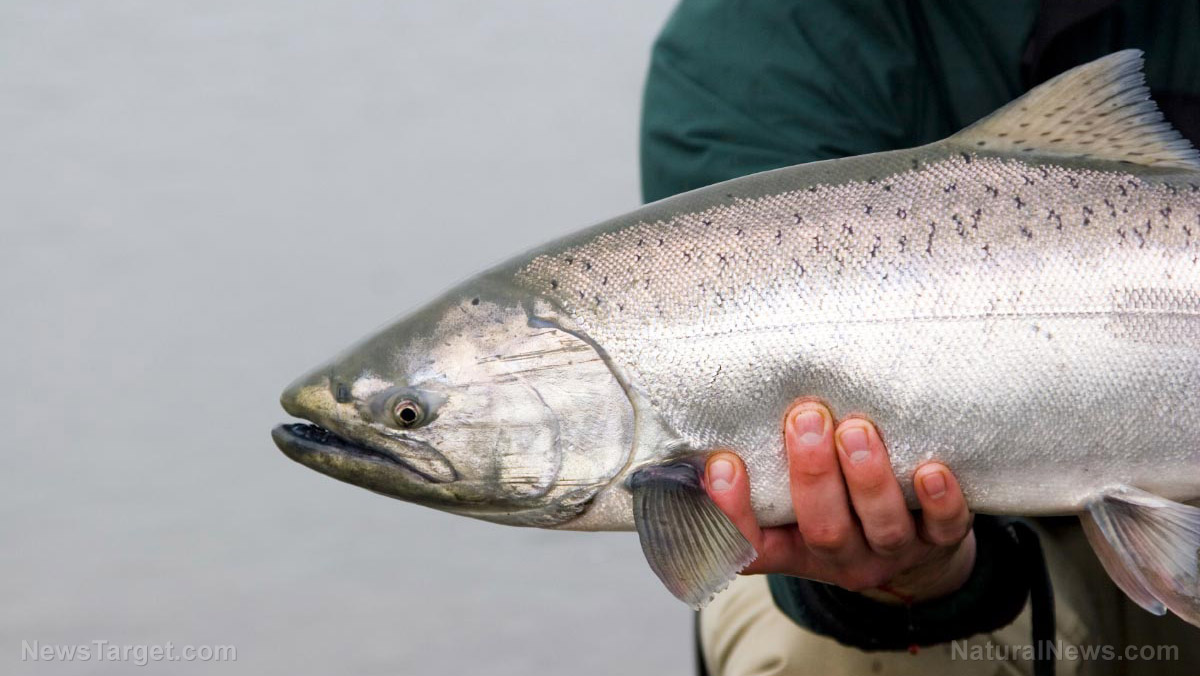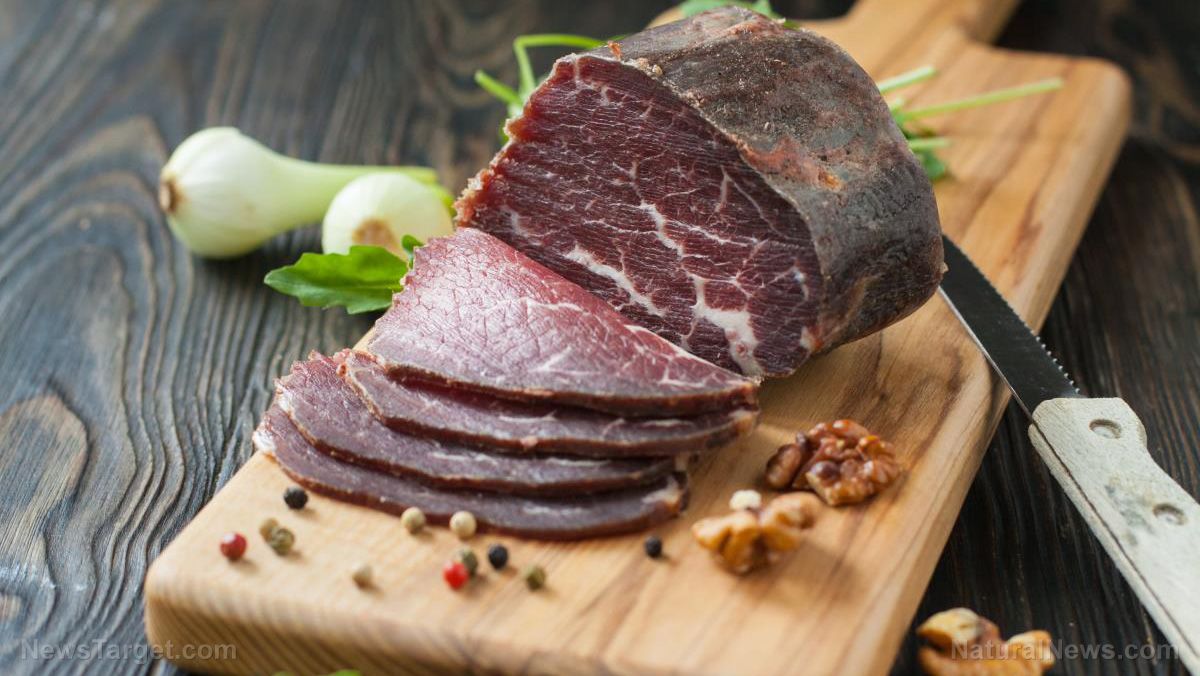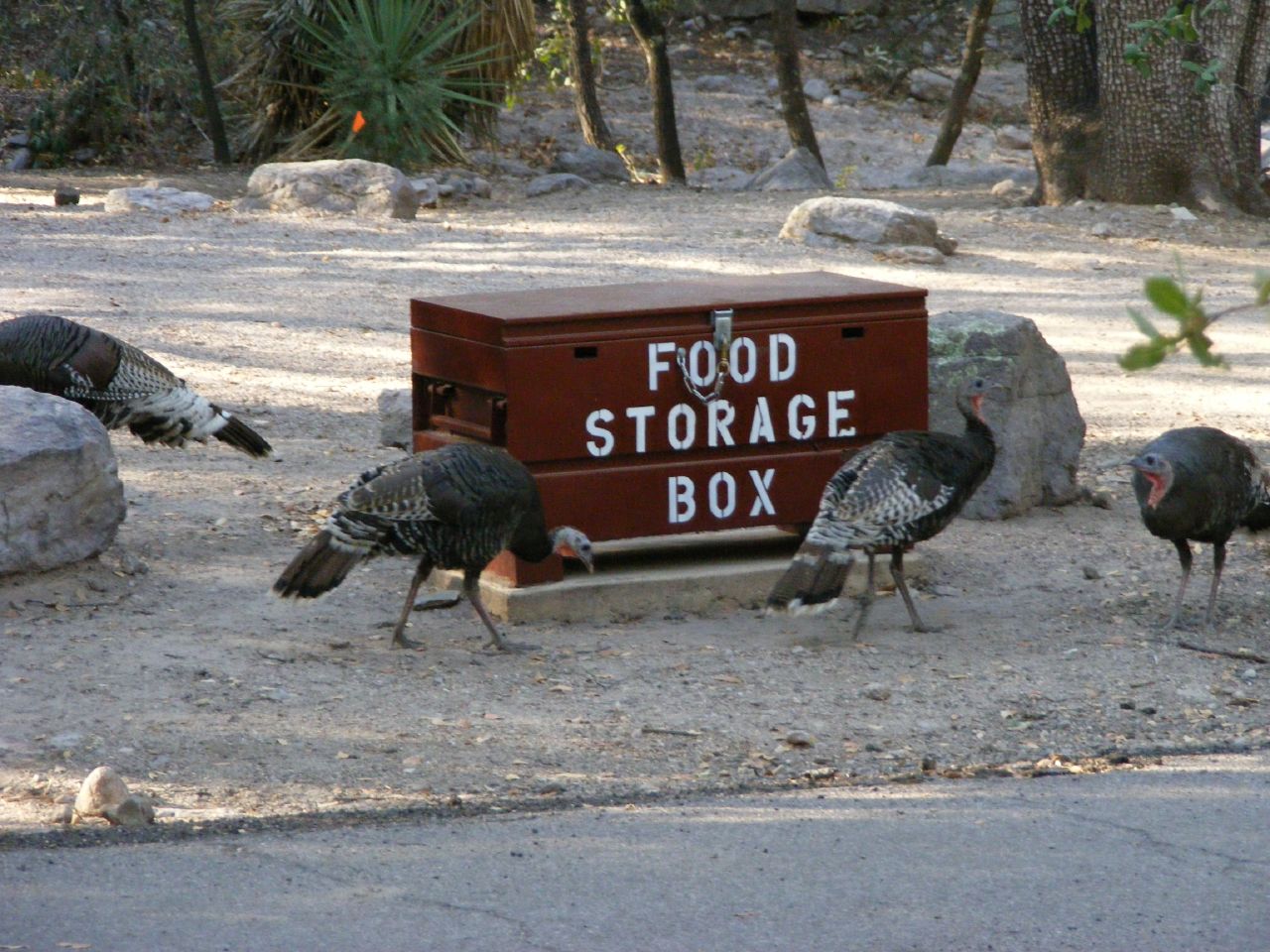How to smoke fish when you’re off the grid
12/08/2018 / By Mary Miller

Fish is an excellent source of protein and omega-3 fatty acids for preppers living off the grid. However, once you’ve caught your fish, how should you go about cooking and preserving it? Here is an easy guide on how to smoke fish. (h/t to BioPrepper.com)
First, you’ll need your fish. Make sure your fish is edible and does not contain high levels of mercury or other toxins. Flounder, catfish, and trout are good, but avoid sea bass, mackerel and walleye fish. These fish contain toxins that can make you sick. (Related: Survival fishing: 5 tips for catching, eating, and preserving fish.)
Hot smoking and cold smoking are two traditional methods of smoking fish and other foods. They are very similar and can be done with the same apparatus, but the only difference is the temperature used. Hot smoking requires a closed box to keep the smoke and heat in. This heat cooks the food and gives it a smoky flavor. Cold smoking, on the other hand, does not cook the food and is done at cold temperatures. This method is more of a drying process and is normally used for long-term storage.
This guide will focus more on the process of hot smoking.
How to cook fish by hot smoking
To hot smoke your fish, you will need some hot coals or wood chips, some alder leaves, enough green sticks or branches to make a teepee, and enough aspen bark to cover most of the teepee. You can also add seasoning to taste. To make your safe and savory smoke, you can use hardwood or fruit wood chips. Your choice of wood chips will affect the taste of the hot smoked fish. Maple wood chips are most recommended for smoking meat, fish, and cheeses. Apple wood gives a great, sweet smoke, whereas mesquite wood provides an earthy flavor. Hickory wood gives a rich, sharp flavor and its coals burn long and hot.
You can choose to first brine the fish overnight or cook it fresh.
- Begin by cleaning and filleting your fish. Slice them into long strips, but leave the skin on.
- Season your fish to taste. Some recommended seasonings include lemon juice, pepper, soy sauce, onion salt, and/or garlic powder.
- Take your green sticks or branches and use them to construct a three-posted teepee. This teepee will go over your fire.
- Build a sort of “platform” of smaller sticks on the teepee. This is where you will hang your fish to hot smoke them. Make sure the platform is close to the smoking wood chips. For maximum output, you can hang the fish right on top of the fire.
- Place a suitable bed of coals underneath the teepee.
- Use large pieces of aspen bark to create an enclosure around the teepee. This should be enough to trap the heat and keep the smoke.
- Leave a small section of the enclosure open so that you can monitor your fish as it cooks. Note that dry, aspen bark is highly flammable. To keep the bark from catching fire, make sure there is enough space between it and the fire.
- Use alder leaves to plug in any of the holes in between the aspen bark. Make sure that the smoke doesn’t escape.
- Set the coals on fire. Make sure they produce a lot of smoke. The objective is to make smoke using the wood chips, not the fire itself.
- Hang the strips of fish over the platform.
- Make sure the temperature of the fire is not too hot or too cold. Try to maintain a temperature of 160 degrees or more to safely kill any parasites and pathogens.
- Smoke the fish for around 30 minutes or until it looks opaque and has been cooked thoroughly.
Your hot smoked fish can stay fresh for 24 hours without refrigeration. Storing it in a place with a cool temperature can keep it fresh for a few days up to a week.
Learn more about food preservation techniques by going to FoodStorage.news.
Sources include:
Tagged Under: bug out, emergency food, Food storage, homesteading, hot smoking, how to, how-to, off grid, outdoors, preparedness, prepper, prepping, smoked fish, smoking fish, survival, survival food, survivalist, sustainable living

















